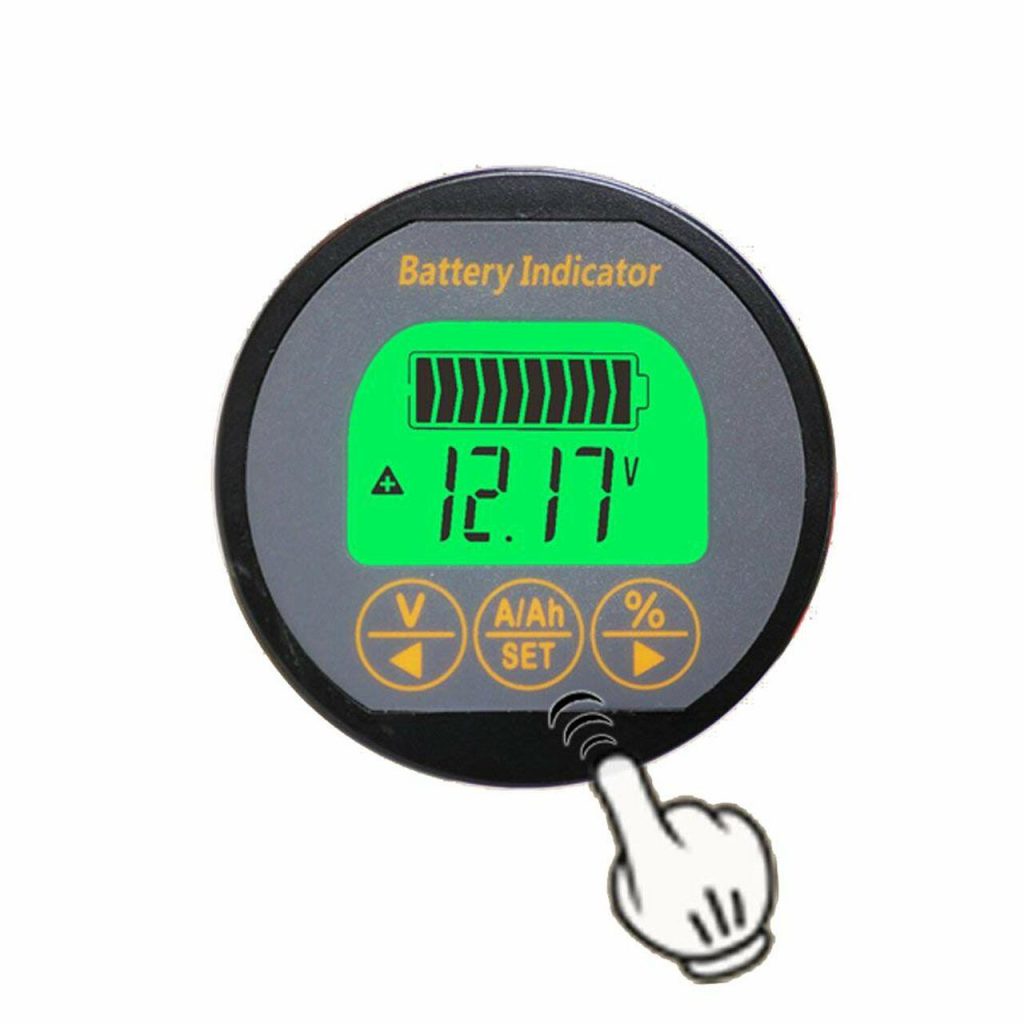Have you at any point contemplated whether simply placing your batteries in the ice chest is the legitimate method to store them and broaden their convenience? We can respond to that. The suggest stockpiling temperature for most batteries is in reality 15 degrees Celsius (henceforth your refrigerator). The most minimal they ought to be put away is short 40 to less 50 Celsius. Lead corrosive ought to be kept at full charge during capacity, yet nickel and lithium-based make-ups ought to be put away at around 40% condition of charge (SoC) to limit age-related limit but permit the battery to self-release and stay in working condition.
It is difficult to that enchantment 40% SoC since the open circuit voltage (OCV) of batteries is hard to assess. The most ideal route is to utilize voltage as a harsh energy pointer. The SoC of lithium-particle is about half at 3.80V/cell and 40% at 3/75V/cell. The lithium-particle ought to be permitted to rest for around an hour and a half after charge or release prior to checking the voltage. SoC on nickel-based batteries is the hardest to decide. This is brought about by a level release curve, tumult after charge and release, and voltage change on temperature. There truly is no functional assessment apparatus for nickel-based batteries. Since the capacity charge level is not basic, simply add some charge assuming the battery is vacant (don’t in the event that it is not), and keep it in a cool dry stockpiling place.
Capacity consistently makes RVTalk.net age. Then again, raised temperatures accelerate perpetual battery limit misfortune. Lithium-particle batteries specifically are frequently presented to high temperatures; consider the number of individuals leave their mobile phones or PCs hot spots like the passenger seat of their vehicle on a radiant day. Alternately, low temperatures and incomplete SoC moderate the maturing interaction, yet can’t stop it. Another factor that will abbreviate the existence of your battery is cheating it, or saving it at the most extreme charge voltage for expanded periods. Batteries resemble individuals: they should have the chance to unwind in the wake of being charged, regardless of whether they are simply permitted to remain on a buoy or stream charge.
A fixed lead corrosive battery can be hidden away as long as two years. Nonetheless, it is significant that you monitor the voltage or gravity and energize the battery if the battery tumbles to a 70% SoC or lower. Low charge causes an oxidation layer to shape on the negative plate and restrain the progression of flow; this is called sulfation, which can forestall the charging of little fixed lead corrosive cells.

